I am working on a simple database design of an application. I have a Book Illustrator and Editor table.
With this model, I think here is the duplication of the column name in each author editor and illustrator table.
What if a book author, illustrator and editor person are same, in this case, data get duplicated across 3 tables.
But in case of searching it will be faster, I guess as it no of items per table will be less.
Modelling 2
 With this modeling, all the author, illustrator and editor info get saved in a single table and I am confused what should be the name of this table.
With this modeling, all the author, illustrator and editor info get saved in a single table and I am confused what should be the name of this table.
With this approach. The data won't' get duplicated but the searching will be double as compared to model 1.
Can anyone suggest me which model should I choose. I feel modeling 2 is better.
